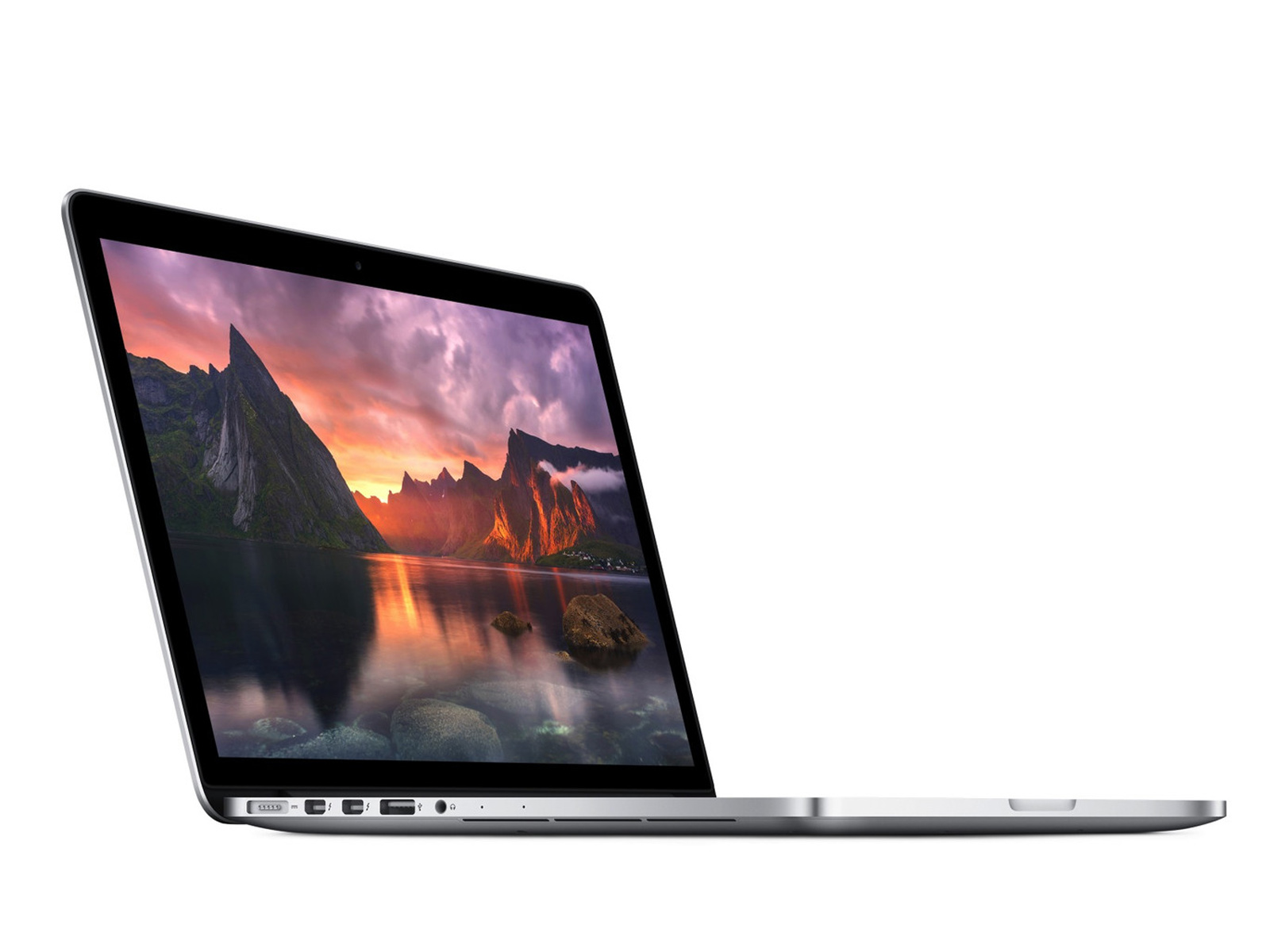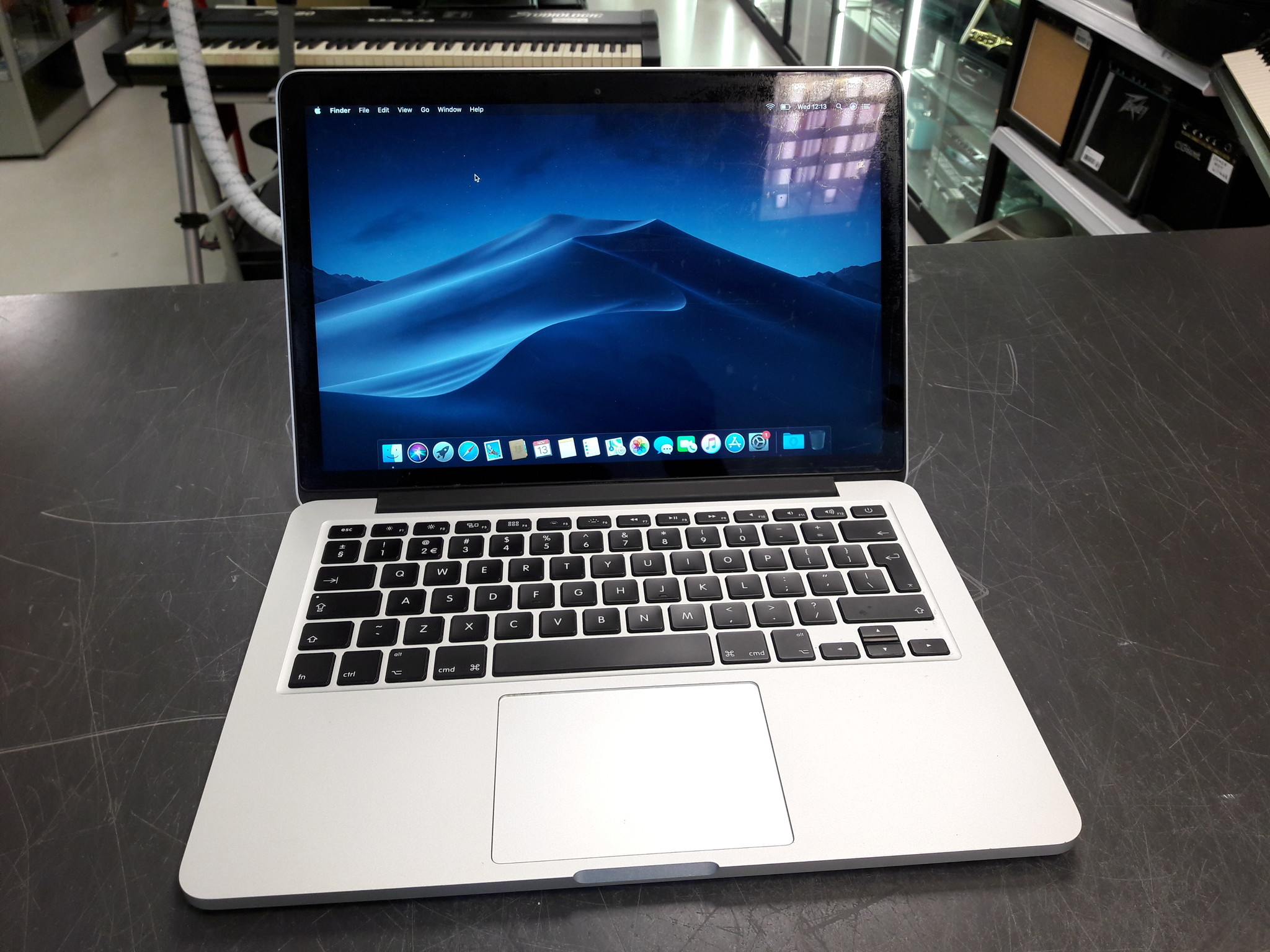

Type diskutil list and identify the ESP (I'll use /dev/disk0s1).When it's done, boot into the macOS Install Drive/Time Machine partition. Copy the graphics driver to PENDRIVE:\.Ĭreate a NTFS partition for Windows 7 with the software of your choice, then boot into the pendrive and install Windows into that partition.Rename them, respectfully, boot圆4.efi and boot圆4.bmp. Copy VgaShim.efi and VgaShim.bmp to PENDRIVE:\efi\boot.Copy C:\Users\\Desktop\bootmgfw.efi to PENDRIVE:\efi\microsoft\boot.Copy and from C:\inject to PENDRIVE:\sources.Extract the contents of the ISO into the pendrive.Check that C:\inject\boot.wim and C:\inject\install.wim both increased by about 9-10 MB in size.Check that C:\Users\\Desktop\bootmgfw.efi exists.Select the version of Windows 7 you want to install. Format the pendrive with your favorite software as: GPT, Fat32. Take note of your boot.wim and install.wim. Open the Windows 7 ISO and copy ISO:\sources\boot.wim and ISO:\sources\install.wim to C:\inject.Unzip the USB 3.0 Drivers and copy USB 3.0 Drivers\Drivers\HCSwitch\圆4 and USB 3.0 Drivers\Drivers\Win7\圆4 to C:\inject\drivers.Copy the Hotfix KB2775511 to C:\inject\hotfixes (don't rename it).Create C:\inject, C:\inject\drivers and C:\inject\hotfixes.The Wi-Fi drivers ( for MacBook Pro 13" early 2015 only!).įirst, prepare the installation disk.A Windows 7 Product Key or another activation method (unsupported if using Ultimate, so stick with the key).Another computer with Windows on it or Windows on your computer.A copy of Apple's Bootcamp Drivers (version 5 is required for the Bootcamp Control Panel to work).A macOS Install drive or a Time Machine partition (on an external hard drive is preferred).



 0 kommentar(er)
0 kommentar(er)
